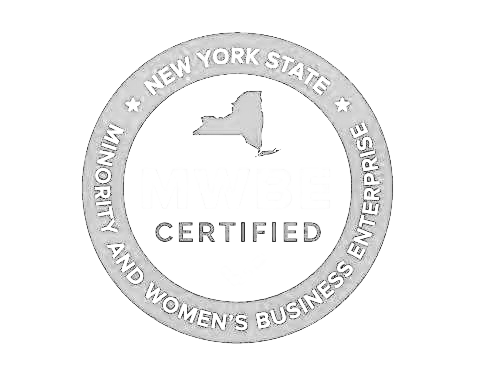How We Nurture B2B Leads with Strategy and Intention
How We Nurture B2B Leads with Strategy and Intention Amy Perez August 14, 2025 B2B marketing Everyone talks about lead nurturing. But in B2B, especially SaaS, most lead nurturing workflows are treated like a graveyard for cold leads that didn’t convert. Same tired email sequences. Same vague CTAs. No wonder they stop opening. The problem isn’t that B2B buyers don’t want to hear from you. It’s that they’re being spoken at, not to. So what does it actually take to nurture B2B leads in a way that keeps them engaged and ready to convert? Let’s break it down. What Is Lead Nurturing In B2b Marketing? Lead nurturing is the process of building relationships with potential buyers by guiding them through the decision-making journey. It’s not about blasting product updates. It’s about providing relevant, timely, and useful content that matches where they are in their journey, not where you wish they were. The goal? Stay top of mind until they’re ready to buy. Why You Need a Workflow to Nurture B2B Leads In B2B, sales cycles are long. Decision-makers aren’t just comparing features; they’re weighing risk, timing, internal politics, and budget. According to HubSpot, the average B2B sales cycle is 84 days or longer. If your content doesn’t adapt across those 12 weeks, you’ll lose the deal to a brand that does. Marketers need to keep in mind that a solid lead nurturing strategy helps you: Build trust over time Shorten the sales cycle Boost conversion rates Create more informed buyers And here’s the real win: nurturing leads effectively means you don’t have to start from scratch every quarter with cold outreach. Why Most B2B Lead Nurturing Efforts Fail No strategy: Most teams hit “send” on a 5-email sequence and call it a day. There’s no segmentation. No narrative. Just noise. Lack of personalization: Your leads don’t all care about the same thing. Warm leads need different proof points than cold ones. Yet, everyone gets the same email. Ignoring timing: Just because someone downloaded your guide doesn’t mean they’re ready to buy this quarter. The right message at the wrong time is still the wrong message. Too much automation, not enough intention: Tools are great, but without a strategy behind them, they’re just fancy spam machines. Nurturing B2B Leads Starts with Your Audience As with everything in marketing, effective lead nurturing starts with your audience. Not your product. Not your roadmap. What does your audience need help with? What goals are they trying to achieve? If your emails don’t reflect that, they’re getting archived. Real nurturing is about empathy. That means personal touchpoints, content tailored to where someone is in the funnel and what they need to succeed in their role. When you give people content that empowers them at work, you start real conversations. How Fluentica Builds Programs to Nurture B2B Leads Fluentica helped power the Emerging Engineers Summit (EES), one of CodePath’s biggest lead-generating events. The goal: engage, segment, and convert cold-to-warm B2B prospects (employers, recruiters, and sponsors) across a 4-month nurture campaign. What we’ve accomplished: Open rates increased from 18–27% in 2024 to up to 40% with the new workflow. Click-through rates (CTR) jumped from 1.1–4.5% (using incentives) to 5–14% without incentives, just highly relevant content. Better segmentation gave us smarter insights and stronger future campaigns. Why did it work? Because we didn’t treat leads like checkboxes. We gave them value and space to move forward. Let’s Break Down How We Build B2B Nurture Programs We structure our nurture programs with two key ingredients: Behavioral scoring + personalized content. Here’s what that looks like in practice: Step 1: Segment Leads by Temperature We don’t treat all leads the same. Warm leads: Engaged, high intent. Often clicked or responded to something recently. Cold leads: Dormant, skeptical, or very top-of-funnel. Each gets a different nurture track. Step 2: Define Your Content Role Not all nurture content needs to push the sale. For cold leads, we send content that builds trust. Things like: A story from someone who’s been in their shoes A pain-point-specific blog An invite to a free, low-commitment webinar (This gets them back into conversation mode.) For warm leads, we send content that moves them closer to buying: Product use cases Testimonials Comparative content that shows why our solution stands out Step 3: Use Behavioral Scoring to Trigger Sales Handoff Once a lead hits a scoring threshold, based on clicks, opens, downloads, or replies, they’re passed to sales. This ensures that only engaged, sales-ready leads land in a rep’s inbox. Step 4: Optimize, Monthly In the EES program, every month brought new tests: Subject lines Send times Copy length and format CTA placement This isn’t about guesswork. It’s about building a system you can refine as you go. What Happens When You Get It Right Cold leads re-engage Warm leads convert Sales doesn’t waste time on dead ends You build a solid brand You become known, not just as a vendor, but as a valuable resource. Nurturing Is a Long Game, But It Works B2B lead nurturing isn’t about doing more. It’s about doing better. It’s about understanding your audience, creating value-rich content, and timing it right. When you build your nurture flows with care, your leads won’t feel pushed; they’ll feel supported. And when that happens, conversions follow. Want to turn your “maybe laters” into closed deals? Start with a strategy that respects the journey. Keeping it Fluent with this Quick Q&A What is B2B lead nurturing? It’s the process of guiding leads toward a sale by offering helpful, timely content that builds trust over time. Why do most nurture campaigns fail? Because they’re generic, poorly timed, and ignore the audience’s actual journey. Should cold and warm leads get the same emails? Definitely not. Cold leads need education and value. Warm leads need clarity and proof. When should you hand off a lead to sales? When their behavior shows consistent intent, like multiple clicks, replies, or downloads. Use scoring to make it objective. How often should
How We Nurture B2B Leads with Strategy and Intention Read More »







